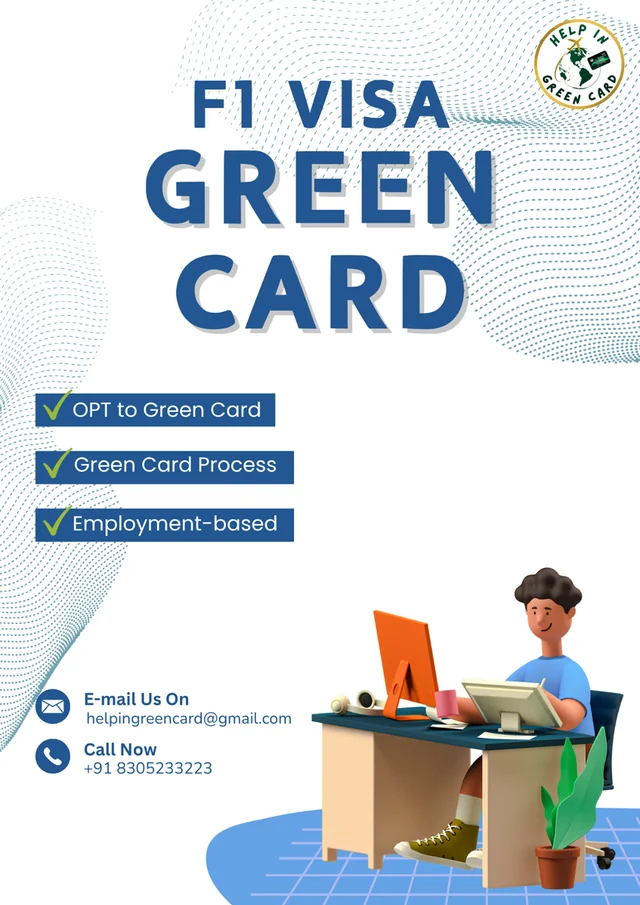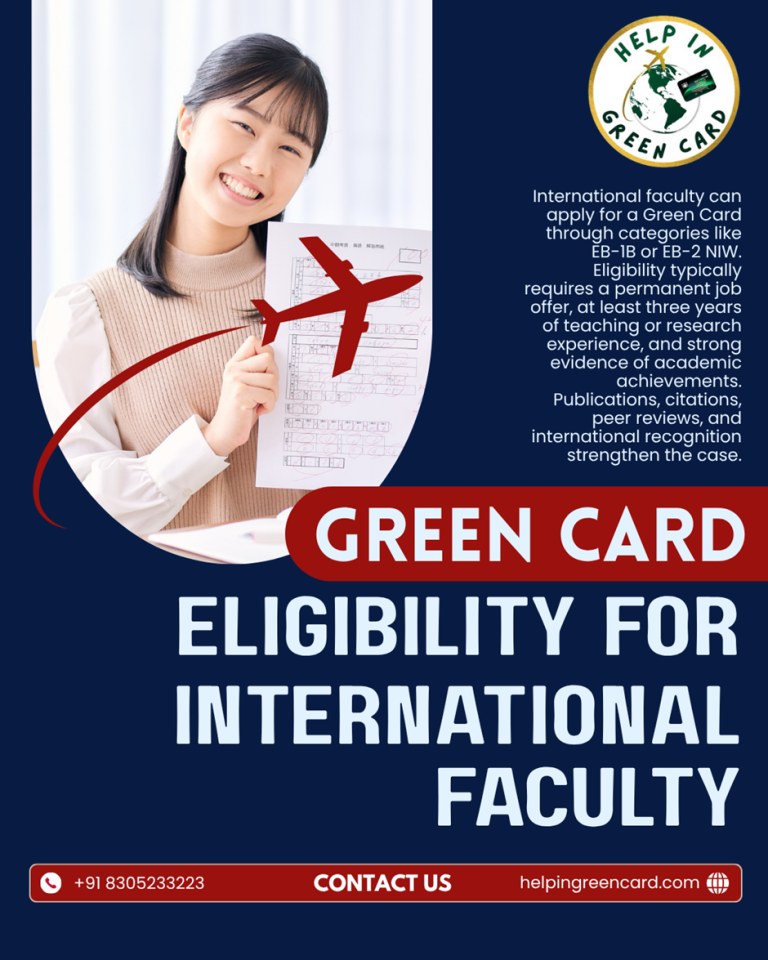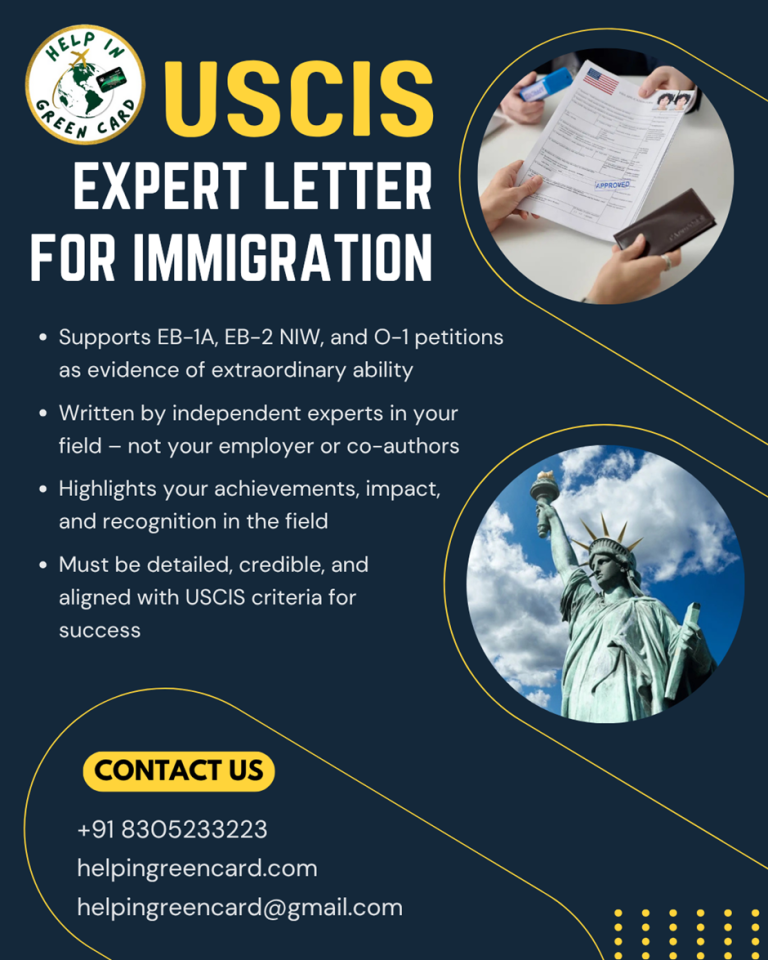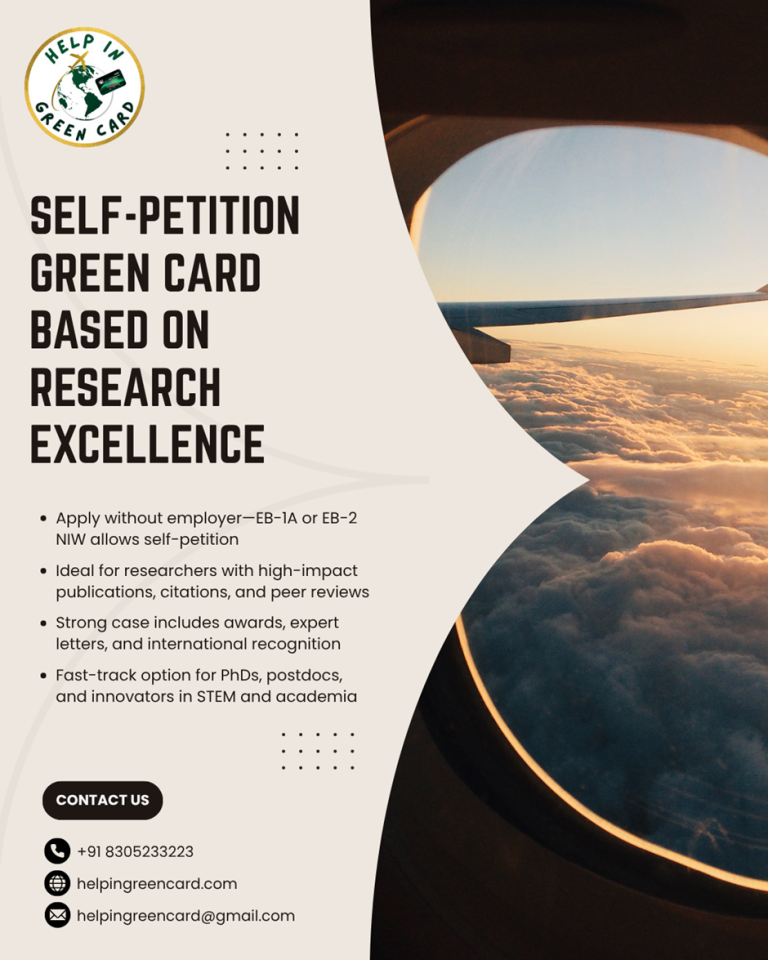

Many overseas students in the U.S. hold an F-1 visa, as this is the visa most often needed for higher education. Being a non-immigrant visa, the F-1 visa only permits study and does not automatically provide a path to permanent residence (Green Card). Many people study on an F-1 visa, transition to a Green Card, and permanently stay in the United States. It outlines the basic path and processes you should follow.
Step 1: Complete Your Degree Program
The F-1 visa is issued for full-time academic study. Students must maintain their status by:
Enrolling full-time.
Making normal academic progress.
Avoiding unauthorized employment.
Step 2: Utilize OPT (Optional Practical Training)
After graduation, F-1 students can apply for Optional Practical Training (OPT), which allows up to 12 months of work authorization in their field of study.
STEM OPT Extension: If you have a STEM degree, you can extend OPT by an additional 24 months (total 36 months).
OPT gives valuable work experience and a bridge to employer-sponsored visas.
Step 3: Secure Employer Sponsorship (Usually H-1B Visa)
Most international students transition through an H-1B visa — a temporary work visa that allows dual intent (intent to immigrate).
Employers must file an H-1B petition, usually during an annual lottery.
H-1B visas are granted for up to six years (initial three years + possible extension).
During H-1B status, you can begin the Green Card sponsorship process.
Step 4: Choose the Right Green Card Category
Common categories for F-1 holders transitioning to permanent residency include
EB-2: For advanced degree holders or exceptional ability.
EB-2 NIW (National Interest Waiver): For those whose work benefits the U.S. (self-petition).
EB-3: For skilled workers or bachelor’s degree holders (usually employer-sponsored).
Step 5: Employer Files PERM Labor Certification (if required)
For EB-2 and EB-3 categories, employer sponsorship usually requires PERM Labor Certification.
The employer proves to the Department of Labor no qualified U.S. worker is available.
This process involves recruitment efforts and takes several months.
Note: EB-2 NIW and EB-1 categories do not require PERM.
Step 6: File I-140 Immigrant Petition
Once PERM is approved (if required), your employer files Form I-140 petition with USCIS on your behalf.
Alternatively, you can self-petition if eligible for EB-2 NIW or EB-1A.
Step 7: Wait for Priority Date to Become Current
After filing I-140, USCIS assigns a priority date. Check the monthly Visa Bulletin to know when you can apply for adjustment of status.
Step 8: File Form I-485 (Adjustment of Status)
When the priority date becomes current, file Form I-485 to adjust from non-immigrant (F-1 or H-1B) to permanent resident status.
You can also apply for an Employment Authorization Document (EAD) and Advance Parole (travel document) while I-485 is pending.
Step 9: Receive Your Green Card
Once USCIS approves your I-485, you become a lawful permanent resident and receive your Green Card.
Visit https://helpingreencard.com/ for the most recent information, assistance, or more thorough instructions on how to apply for a green card outside of the United States. We are available to assist you at every stage.
For more details, CONTACT US TODAY! +918305233223




